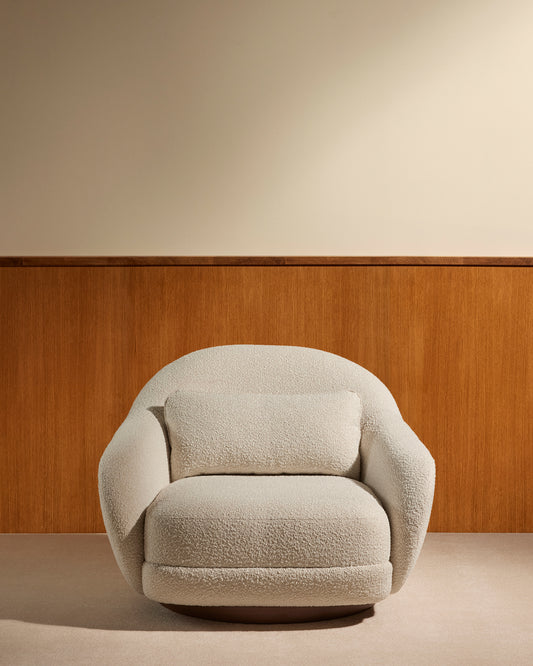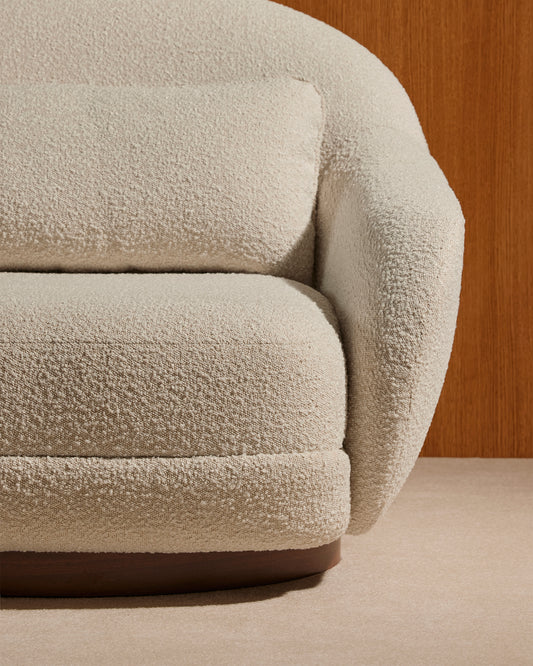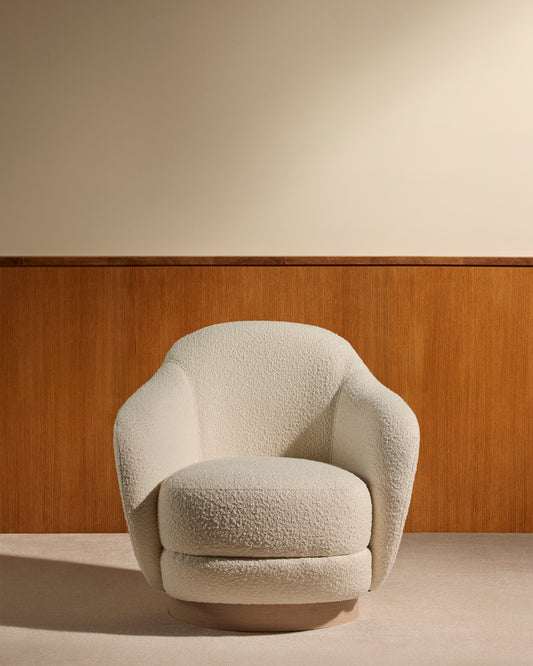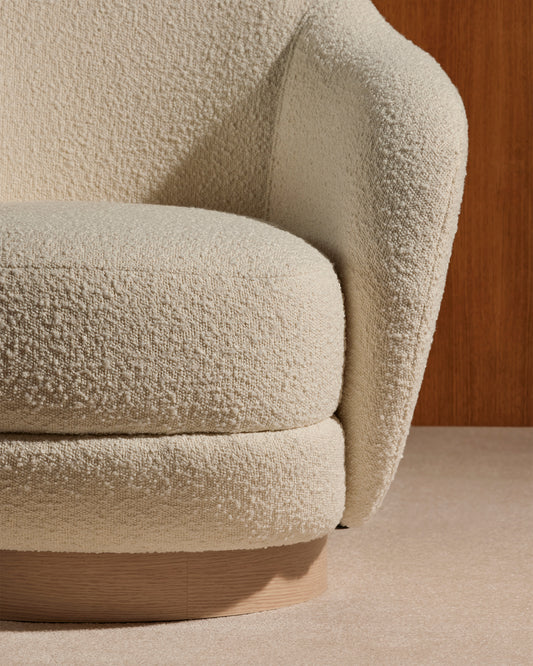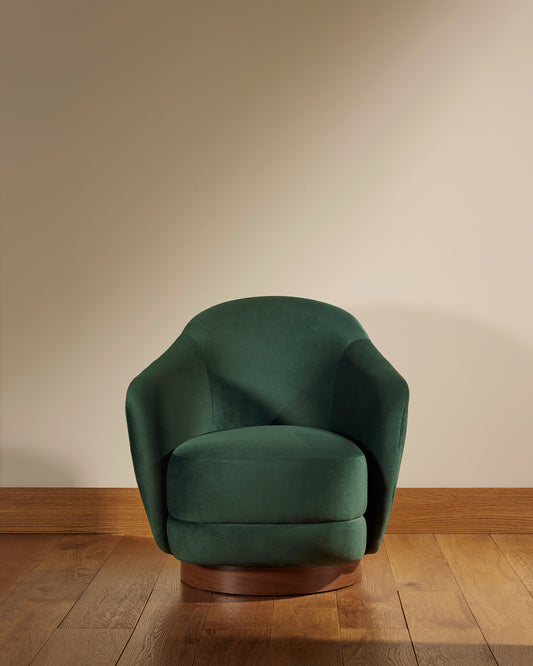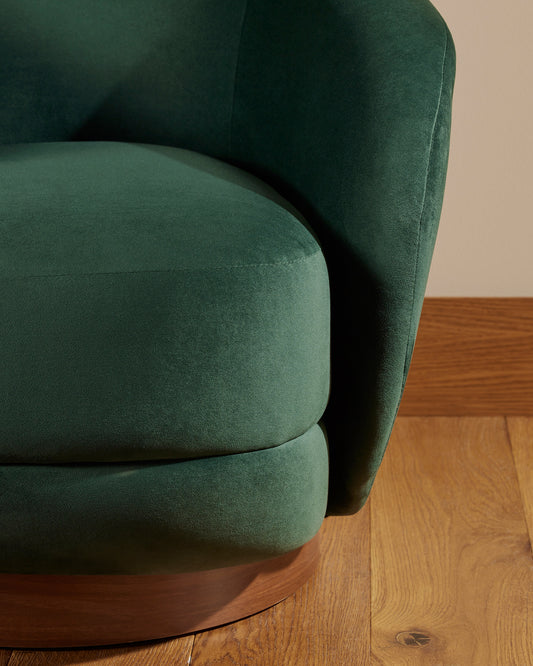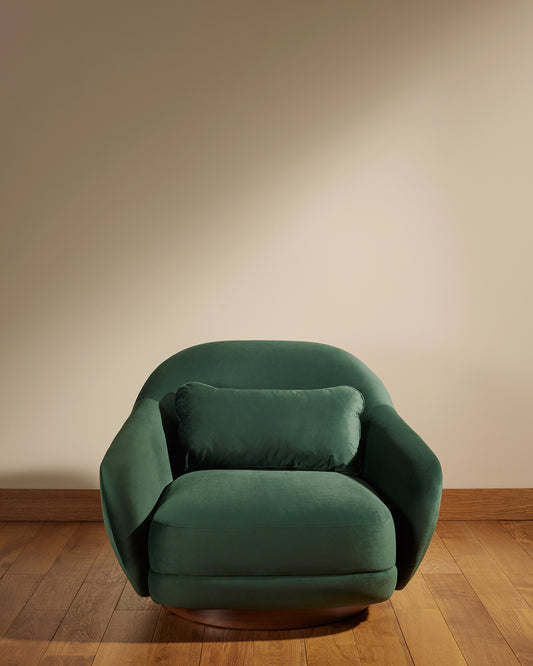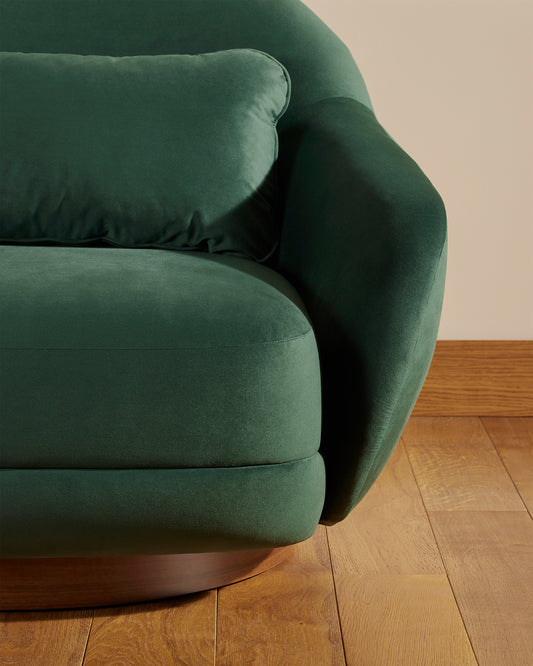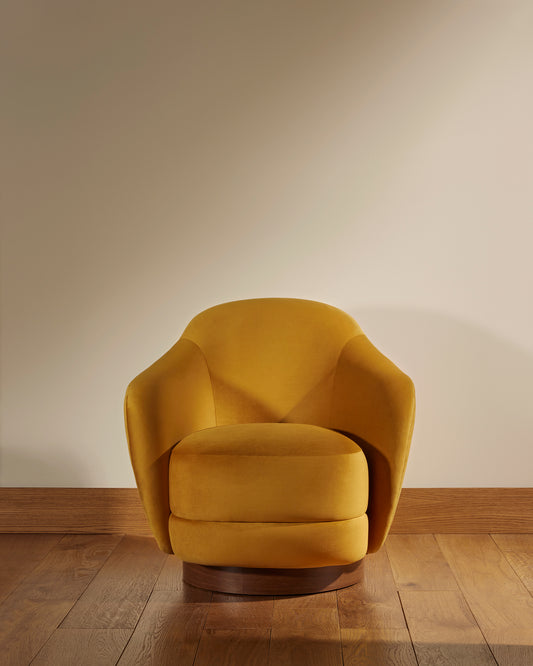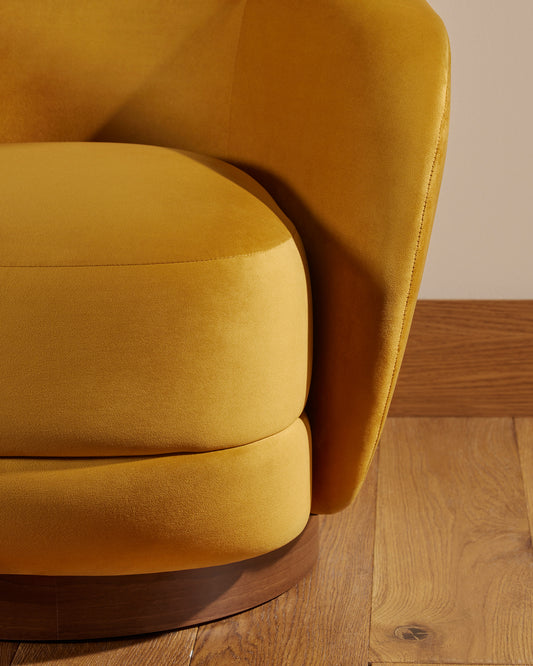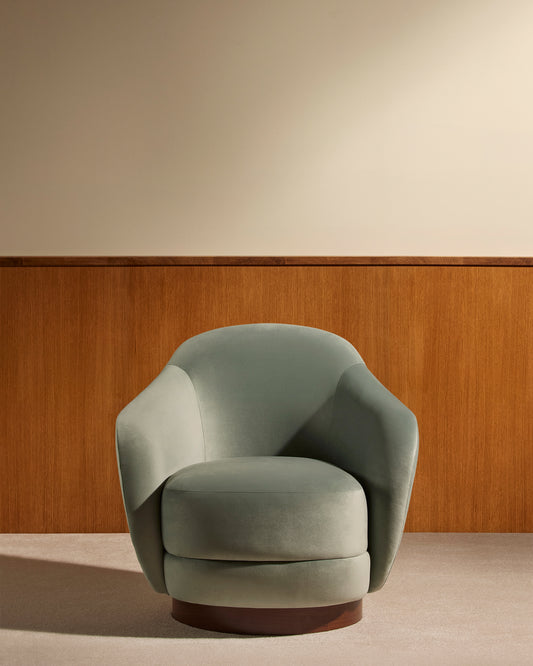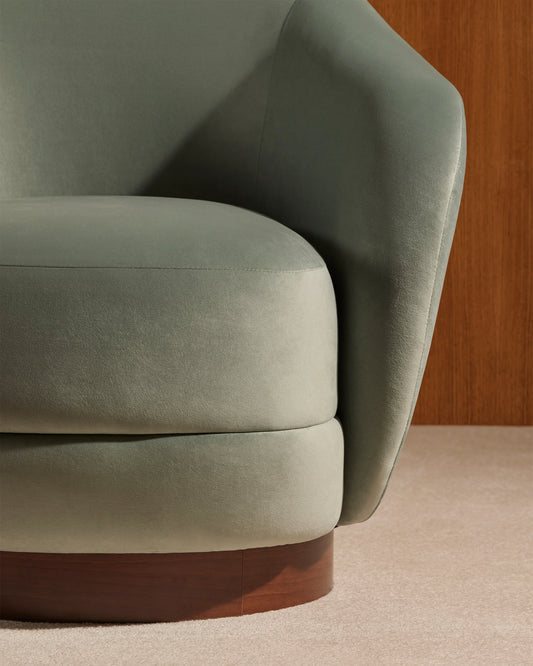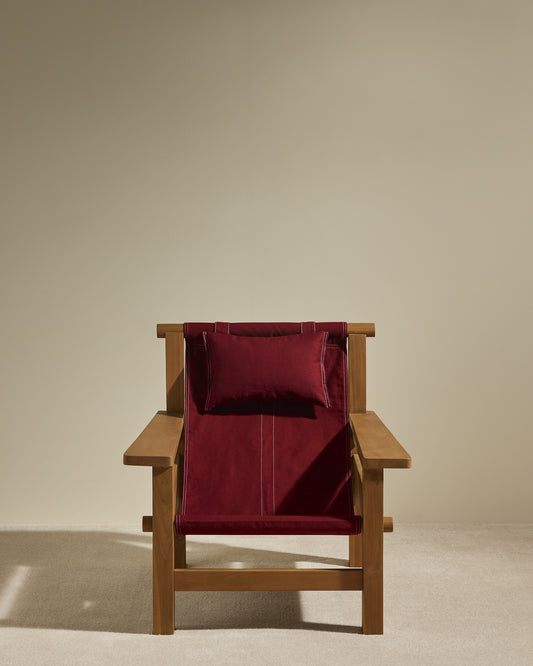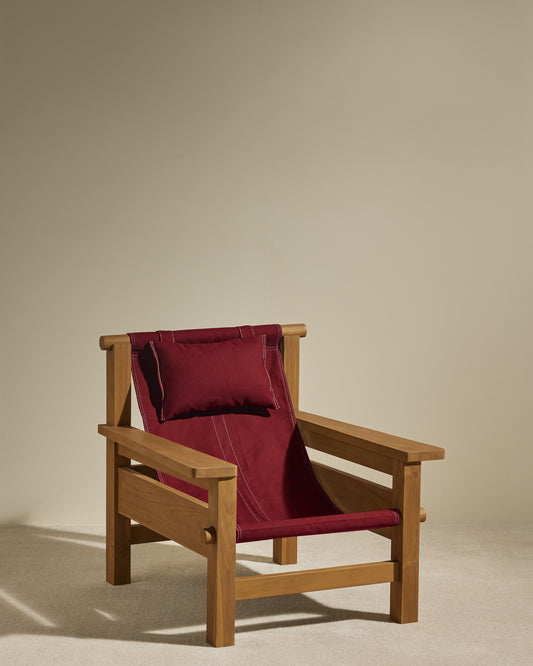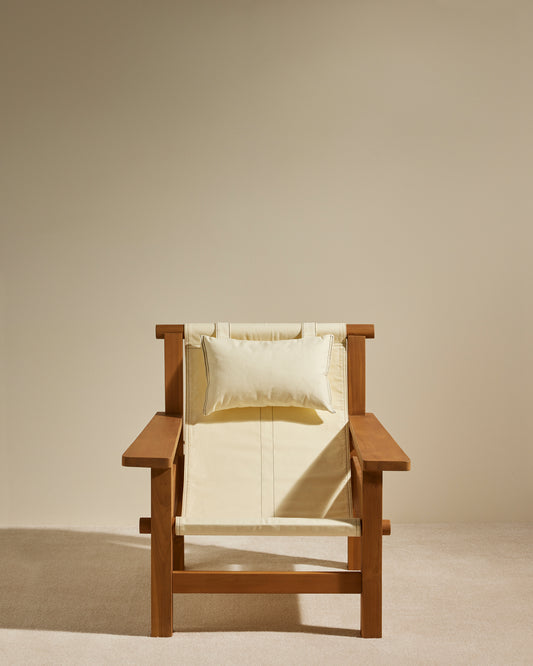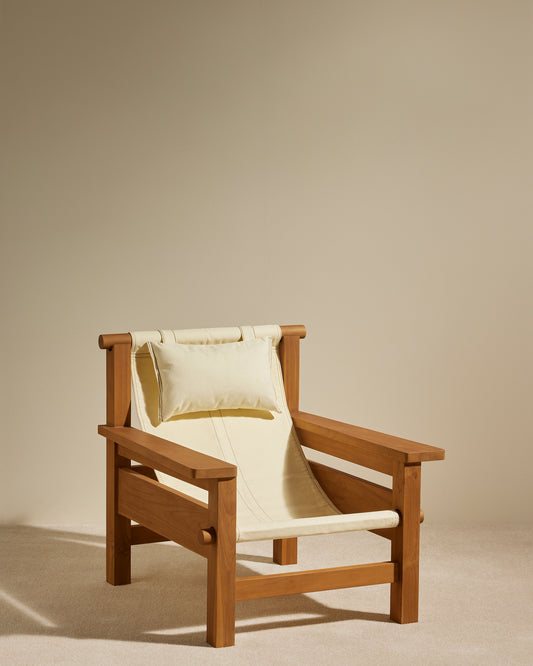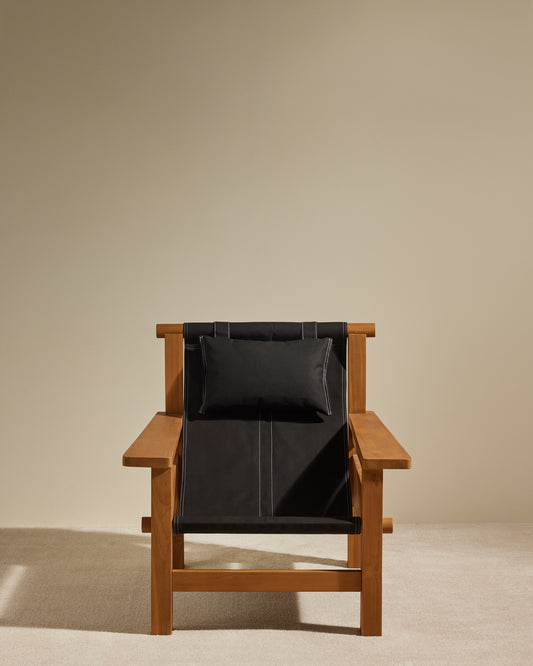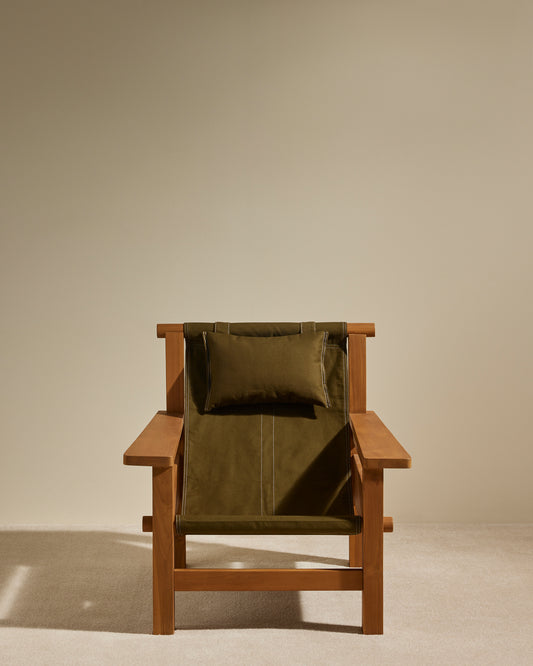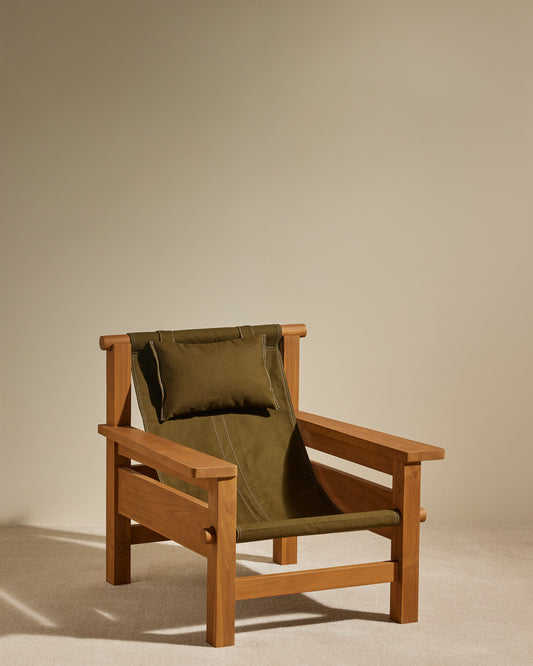Armchairs, those welcoming and enveloping seats, have spanned the centuries as iconic elements of interior design. Their history is rich and fascinating, testifying to the evolution of styles, materials and aesthetic trends.
Let’s go back in time and explore the eras that have marked the history of armchairs. During ancient times, the Greek and Roman civilizations already used upholstered seats for greater comfort. However, it was during the Middle Ages that armchairs began to gain importance. They were considered symbols of status and power, reserved for nobles and leaders. Their design was characterized by high backs and luxurious materials, such as carved wood and covered in velvet or silk.
During the Renaissance, armchairs became a centerpiece of furniture, reflecting the artistic refinement of the period. The seats were richly decorated with carved patterns and upholstered in sumptuous fabrics. One of the most famous examples from this period is the "Dante" armchair by Italian sculptor and architect Jacopo Sansovino, a masterpiece of craftsmanship and aesthetics.
The 18th century was marked by the Rococo style and the Baroque art movement. Cabriolet-backed chairs were popular, with their curved shapes and elegantly carved legs. Materials used included gilded wood, velvet, silk, and even mother-of-pearl inlay.
The advent of the Industrial Revolution in the 19th century brought significant changes to the manufacturing of armchairs. Technological innovations allowed for mass production, making armchairs more accessible to a greater number of people. It was during this period that iconic models appeared, such as the club chair, characterized by its low seat, padded armrests and leather upholstery. Rocking chairs also gained popularity, offering a unique relaxation experience.
In the 20th century, armchair design became a testing ground for great designers. Iconic figures such as Le Corbusier, Charles Eames and Arne Jacobsen brought innovative and daring concepts through their creations. Le Corbusier’s LC2 armchair became a symbol of the modern movement, with its chromed steel frame and upholstered leather cushions. Eames’ Lounge armchair became a design icon with its elegant look and enveloping comfort. As for Arne Jacobsen’s “Egg” armchair, its organic design and protective cocoon make it a sought-after collector’s item.
The materials used in the manufacture of armchairs have also evolved over time. From solid wood to leather, metal, plastic and modern textiles, the materials offer an endless variety of possibilities to create unique and functional armchairs.
In addition to classic armchairs, new types of armchairs have emerged to meet contemporary needs. Ergonomic armchairs provide optimal support for the back and arms, promoting healthy posture and maximum comfort. Recliners, equipped with relaxation mechanisms, allow you to sit and rest in different positions.
Whether used in an office, living room, reading room or relaxation area, armchairs are key pieces of interior design. They bring a touch of comfort, style and personality to any space. Whether you prefer a classic and timeless armchair or a contemporary and bold model, there is an armchair that matches your tastes and needs.
Thus, through the ages and trends, armchairs have evolved to adapt to the lifestyles and aesthetic requirements of each era. From baroque luxury to modern functionality, armchairs have stood the test of time and continue to embody the perfect harmony between design, comfort and beauty.
